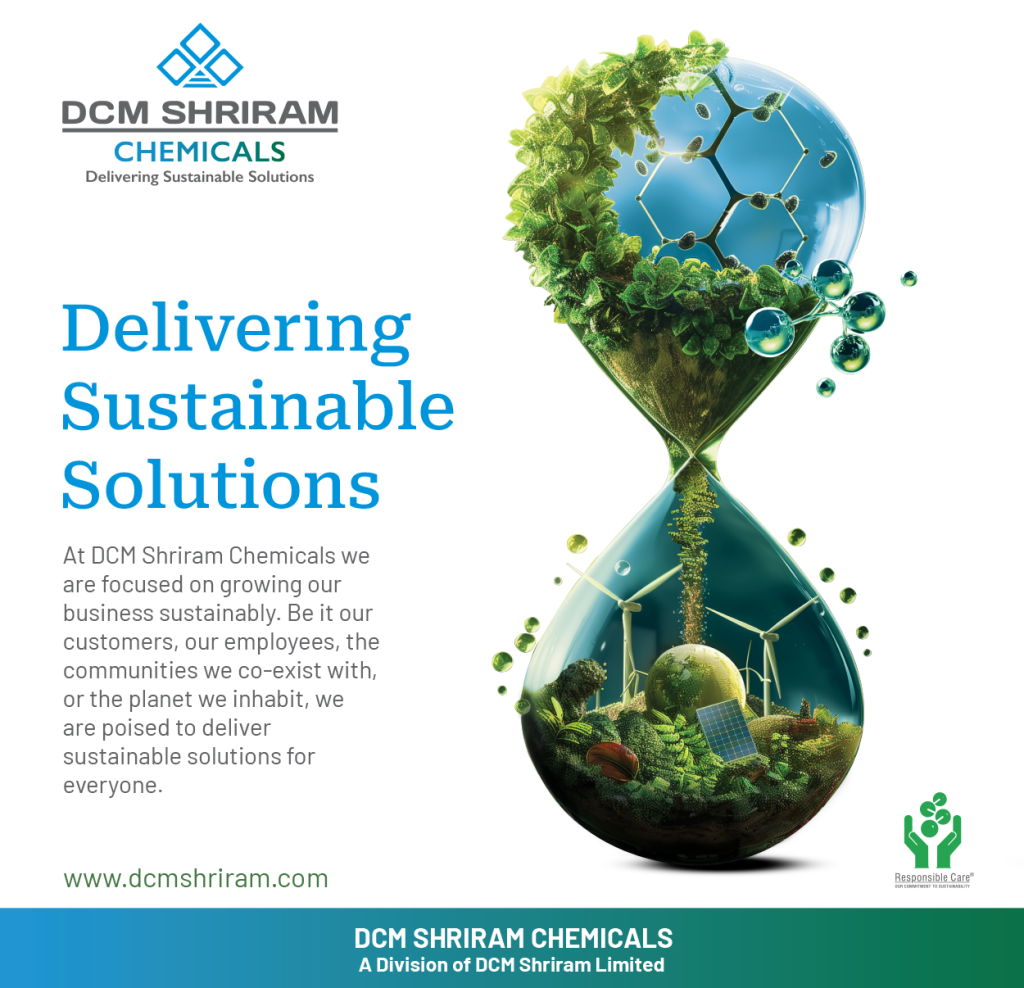To cut emissions and lower carbon footprints, several pilot initiatives are underway at four major steel producers, including three integrated steel mills and one stainless steel manufacturer. The projects are exploring the use of alternative fuels like green hydrogen and biochar.
The participating companies are Tata Steel, Jindal Steel Works (JSW), Jindal Steel and Power Ltd (JSPL), and Jindal Stainless Ltd (JSL), the latter being the only stainless steel player involved in these trials.
Tata Steel has launched a carbon capture facility with a capacity of five tons per day (TPD) at its Jamshedpur Works. Meanwhile, JSW has installed a carbon capture and storage unit with a 100 TPD capacity at its Direct Reduced Iron (DRI) plant in Dolvi, where the captured carbon will be used in the food and beverage sector. Additionally, JSPL has established a carbon capture unit with a capacity of 3,000 TPD at its plant in Angul, Odisha.
Tata Steel successfully injected approximately six kilograms of hydrogen per ton of hot metal, achieving a reduction of 7-10% in CO2 emissions per ton of crude steel. Jindal Stainless Ltd has set up a long-term green hydrogen plant with an annual production capacity of 78 tons, intended for use in the annealing process.
Collaborations have been formed, such as with Japan’s New Energy and Industrial Technology Development Organisation (NEDO), resulting in four model projects aimed at enhancing energy efficiency in steel plants.
The projects include the installation of a blast furnace hot stoves waste gas recovery system and coke dry quenching (CDQ) at Tata Steel, a sinter cooler waste heat recovery system at RINL, and an energy monitoring and management system at SAIL.
As reported by thehindubusinessline.com, as a result of such initiatives, the Indian steel sector has managed to reduce carbon emissions from about 3.1 tons of CO2 per tonne of crude steel in 2005 to approximately 2.5 tons per ton in 2022.


































